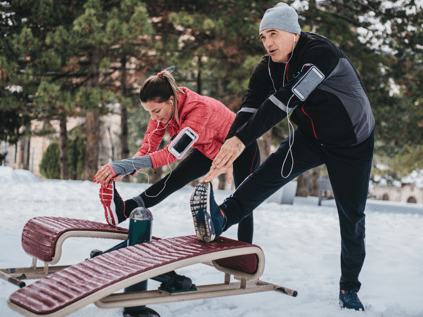 The temperatures are still frigid, and there are days when it seems as if the sun doesn’t shine. This is the time of year when we can start to feel down and less motivated, and maybe start to develop a case of the winter blues. It's easy for these negative thoughts to start creeping into our heads, but it is just as easy to kick these thoughts to the curb with these five simple steps.
The temperatures are still frigid, and there are days when it seems as if the sun doesn’t shine. This is the time of year when we can start to feel down and less motivated, and maybe start to develop a case of the winter blues. It's easy for these negative thoughts to start creeping into our heads, but it is just as easy to kick these thoughts to the curb with these five simple steps.1. Stay Active
When the snow is blowing outside, the temperatures are below freezing, and the sun is not yet shining, it is easy to make excuses as to why you shouldn’t go to the gym. The thing is, you don’t have to go to the gym to be and stay active. You can complete a NIFS workout at home, throw in a fitness DVD, or embrace the cold weather and participate in a cold-weather sport such as skiing or snowboarding. Being active helps to relieve stress, elevate your mood, and increase your energy and metabolism throughout the day. All you have to do is get moving!
2. Eat a Healthy Diet
The foods that we put into our body have a huge effect on our mood and energy levels. Refined and processed foods are not full of the vitamins, minerals, and nutrients that our bodies crave. Fruits, vegetables, whole grains, and lean proteins will give your body nutrients to give you the energy that you want and need to move through the day with ease.
3. Plan Something for the Future
Now this won’t provide you with instant satisfaction, but it will give you something to look forward to when the warmer months come. You can plan a trip, sign up for a race, or just plan a weekend with your friends. Having that “thing” in the near future to look forward to will be like the carrot dangling in front of you to keep you pushing through these dreary winter months and looking forward to something brighter.
4. Treat Yourself Now!
Planning something for the future is great to keep you going, but you should also reward yourself for your hard work, healthy eating habits, trying that new workout, acing the test, or whatever you have accomplished right now! Treat yourself to a manicure or pedicure, a new clothing item, time with your friends, a special event, or anything else that makes you happy. Winter can seem endless, but with little treats to look forward to, the dark and cold days will go by more quickly.
5. Soak Up the Sun
Even though the temperatures may be chilly, the sun still shines! Many people know that the sun is a great source of Vitamin D, but the sun also lifts your mood. The colder and shorter days during the winter months cause many people to spend more time indoors. A lack of sunlight can cause people to feel depressed or sad. Sunlight effects our mood by releasing neurotransmitters in the brain that effect mood (very similar to exercise!). Instead of cozying up in front of the TV, embrace the cold weather, bundle up, and spend some time outside. You can also soak up the sun simply by sitting near the window!
Using these five ideas, your winter will fly by and spring will be here before you know it!
Written by Tara Deal, NIFS Group Fitness Instructor and author of Tara Rochford Nutrition.


 As fitness professionals, we promote good habits to our clients and encourage people to make positive changes in their lives. Sometimes we help others find the spark to exercise or offer the accountability to make those hard-earned results stick. Overall, “helping individuals achieve success in goals and happiness in life” sums up what it means to be a trainer.
As fitness professionals, we promote good habits to our clients and encourage people to make positive changes in their lives. Sometimes we help others find the spark to exercise or offer the accountability to make those hard-earned results stick. Overall, “helping individuals achieve success in goals and happiness in life” sums up what it means to be a trainer.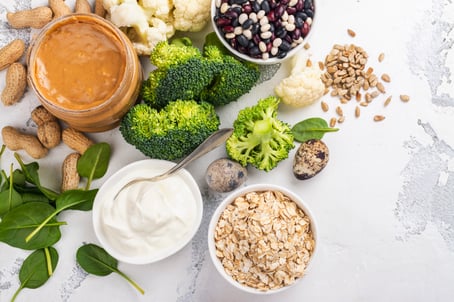 Mondays can be hard enough, getting back into the swing of things after a much-too-short weekend. The last thought on your mind is what to cook for dinner, right? You might go out to eat instead, pick up carryout, or eat a frozen pizza for the most painless dinner prep possible. However, what if you opt for something that is not only easy for you, but also healthy for you and the planet?
Mondays can be hard enough, getting back into the swing of things after a much-too-short weekend. The last thought on your mind is what to cook for dinner, right? You might go out to eat instead, pick up carryout, or eat a frozen pizza for the most painless dinner prep possible. However, what if you opt for something that is not only easy for you, but also healthy for you and the planet?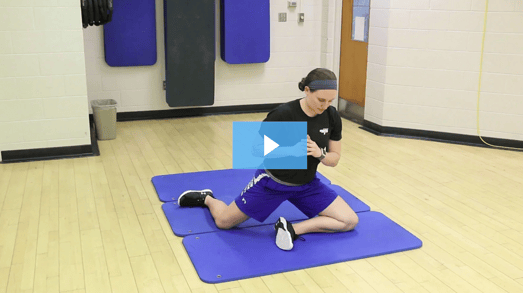
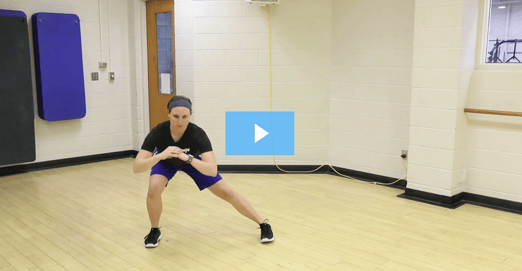
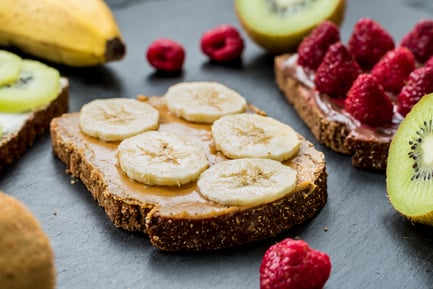 Do you feel like you get stuck in a rut eating the same things from week to week? On one hand it makes life a lot easier, right? You don’t have to scour through recipes, find that one illusive ingredient on the top shelf in the last aisle you looked in, or put the effort into prepping a meal that claims “30-minute prep” but in fact took you two hours. I completely understand!
Do you feel like you get stuck in a rut eating the same things from week to week? On one hand it makes life a lot easier, right? You don’t have to scour through recipes, find that one illusive ingredient on the top shelf in the last aisle you looked in, or put the effort into prepping a meal that claims “30-minute prep” but in fact took you two hours. I completely understand!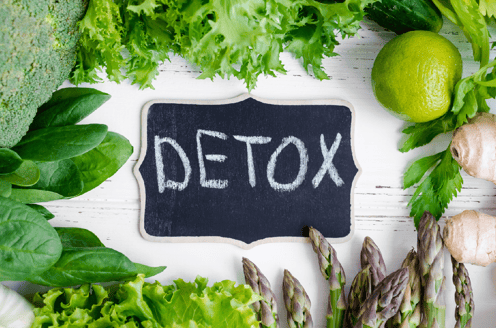 I’m sure you have seen or read about celebrities doing detox diets and cleanses before awards shows. Maybe you have thought about trying one of these crazy and wacky things yourself. Most of these diets are very low-calorie and can be dangerous if followed for an extended period of time.
I’m sure you have seen or read about celebrities doing detox diets and cleanses before awards shows. Maybe you have thought about trying one of these crazy and wacky things yourself. Most of these diets are very low-calorie and can be dangerous if followed for an extended period of time.  Cruciferous veggies like cabbage and Brussels sprouts: Due to the high amounts of fiber in these veggies, they help with gut health, kidney health, and liver health by keeping the body regular and removing toxins and waste. These foods also contain the phytochemical
Cruciferous veggies like cabbage and Brussels sprouts: Due to the high amounts of fiber in these veggies, they help with gut health, kidney health, and liver health by keeping the body regular and removing toxins and waste. These foods also contain the phytochemical 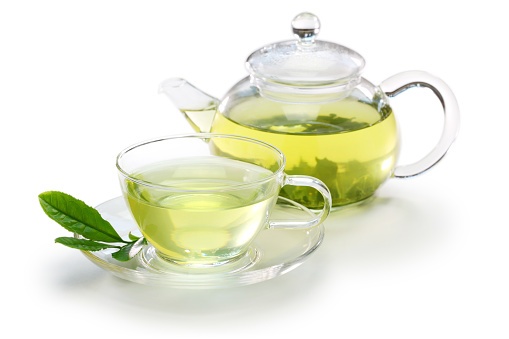 Green tea: Drinking liquids is always a wonderful and natural detox, and adding green tea to your water is extra helpful. It is high in catechin, a flavonoid, which speeds up liver activity and increases the
Green tea: Drinking liquids is always a wonderful and natural detox, and adding green tea to your water is extra helpful. It is high in catechin, a flavonoid, which speeds up liver activity and increases the 
 Les Mills® BODYPUMP™
Les Mills® BODYPUMP™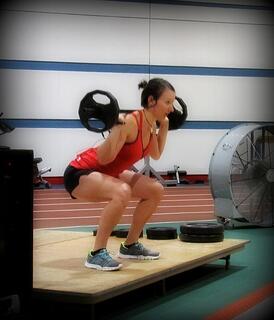
 There is no debate that it’s easier to make healthier choices and lose weight in the spring and summer months. The sun is shining and warm, the days are longer, and you feel motivated to get outdoors and be active. But when the cold, harsh months of winter come around, all motivation goes out the window. Let’s take a look at ways to keep your motivation high and get over those hurdles of temptation.
There is no debate that it’s easier to make healthier choices and lose weight in the spring and summer months. The sun is shining and warm, the days are longer, and you feel motivated to get outdoors and be active. But when the cold, harsh months of winter come around, all motivation goes out the window. Let’s take a look at ways to keep your motivation high and get over those hurdles of temptation. In my last blog,
In my last blog,